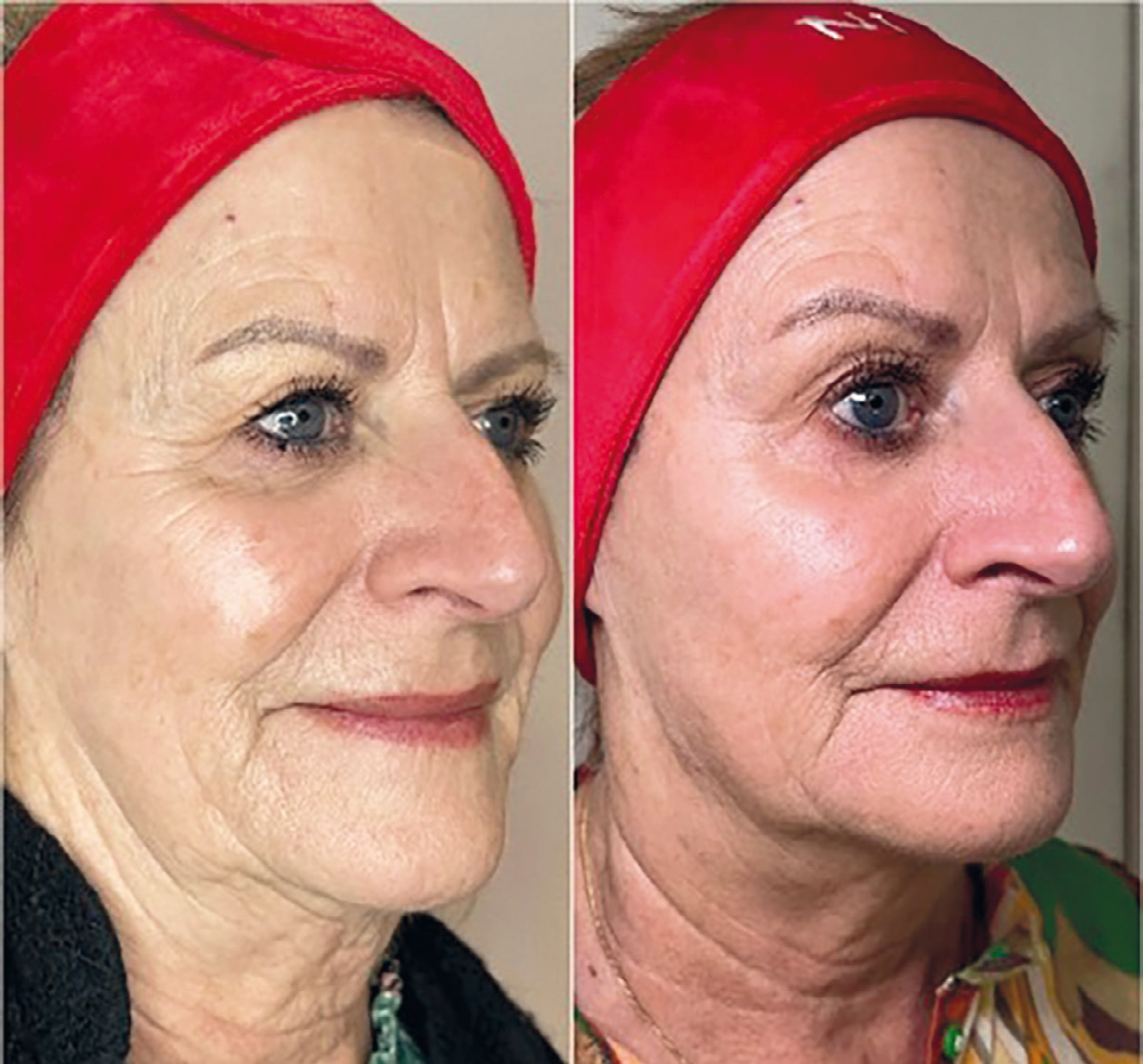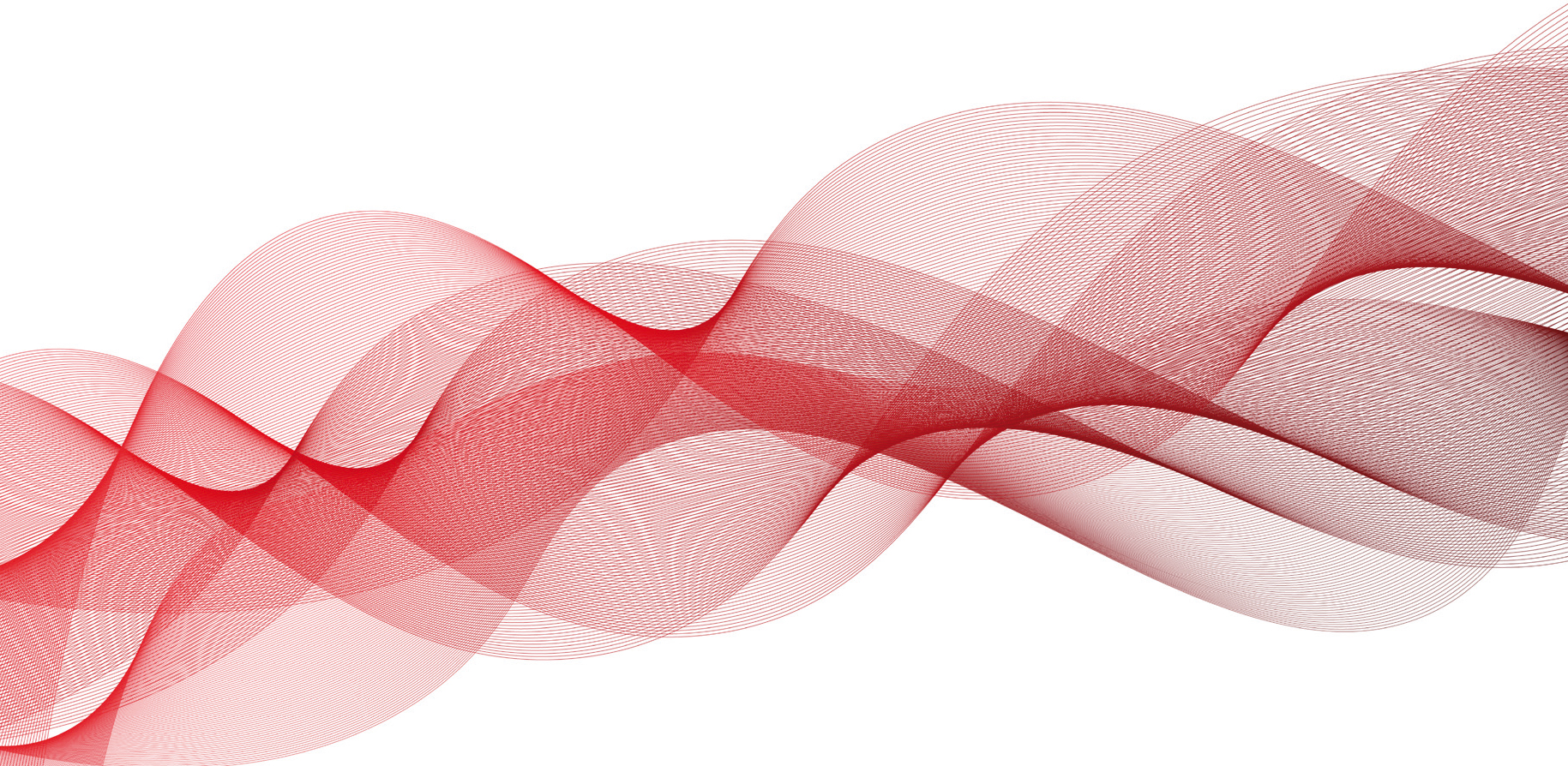

Aesthetic medicine is not only a corrective field, but also a preventive one. The evolving approach towards aging focuses on delaying its onset through appropriate protocols. That is why Neauvia offers a revolutionary method for skin rejuvenation and enhancement, setting itself apart from traditional hyaluronic acid (HA) fillers by using PEG (polyethylene glycol), a biocompatible and biodegradable polymer. This ensures exceptional durability and longevity, making Neauvia dermal fillers a superior choice for those seeking long-lasting and natural-looking results. Moreover, Neauvia's innovative approach marks a significant advancement in aesthetic medicine. By leveraging the unique properties of PEG, Neauvia has developed fillers that maintain their structural integrity over time, offering patients prolonged aesthetic benefits. This development is particularly crucial in a field where the demand for minimally invasive yet highly effective treatments is ever-growing (Journal of Cosmetic Dermatology, 2020).
Neauvia dermal fillers through their PEG's unique properties confer thermostability, allowing these fillers to be used effectively alongside energy-based devices such as LaserMe. This synergy is a cornerstone of the Smart Combination Therapy, which maximises aesthetic outcomes by addressing both structural volume loss and superficial skin imperfections simultaneously (Aesthetic Medicine Journal, 2021).
In addition, the PEG-based formulation of Neauvia dermal fillers confers numerous advantages. Unlike HA fillers, which can be susceptible to degradation through enzymatic activity, PEG fillers offer resistance to such breakdowns, ensuring prolonged effectiveness. This stability also means that the fillers maintain their shape and volume for longer periods, reducing the need for frequent touch-ups and providing patients with a more convenient and cost-effective solution (Clinical Evaluation of PEG-based Fillers for Facial Rejuvenation, 2021).
Case study
The patient, a 74-year-old female with no prior treatment with dermal fillers, attended the clinic to address several concerns related to aging and overall skin health. The patient reported dissatisfaction with visible signs of aging on her face, including loss of volume, sagging skin, fine lines and wrinkles. Specifically, the patient was concerned about the loss of temporal cheek fat pads, shadows, fine lines and wrinkles, particularly in the periocular area, glabella, and forehead.
During the initial consultation, a comprehensive assessment was conducted to understand the patient's aesthetic goals and medical history. The consultation included:
Medical questionnaire
A detailed review of the patient's medical history was undertaken to identify any contraindications for dermal fillers or energy-based treatments. This included assessing for allergies, previous facial treatments, and underlying health conditions.
Facial analysis
The patient underwent a thorough facial analysis. This involved examining the face from multiple angles to understand the structural and superficial concerns. The analysis identified specific areas of volume loss, skin laxity, and the presence of fine lines and wrinkles.
Discussion of treatment options
Various treatment options were discussed with the patient. These included traditional hyaluronic acid fillers and energy-based treatments, along with at-home skincare. During the consultation, the patient expressed a preference for a treatment that offered natural-looking results with minimal downtime.
Treatment plan
A personalised treatment plan was developed, outlining three sessions spaced six weeks apart. The plan was tailored to address the patient's specific concerns in the mid-face and lower face regions. The SCT (Smart Combination Therapy) Protocol was recommended as a comprehensive treatment approach that combines Neauvia dermal fillers, Hydro Deluxe skin booster, and LaserMe device. This protocol was recommended based on its ability to address multiple aspects of aging such as volume loss, skin laxity, and fine lines. Additionally, the patient was on consistent and regular medical skincare from Obagi Medical to help maximise the results and improve overall skin texture.

Patient education and consent
The benefits of Neauvia's PEG-based fillers, including their durability, longevity, and biostimulation properties, were explained to the patient. She was fully informed about the procedure, potential risks, expected outcomes, and post-treatment care. She was provided with comprehensive information about what to expect during and after the treatments.
Informed consent was obtained, ensuring the patient fully understood and agreed to the proposed treatment plan.
Method
The patient's face was examined thoroughly from the top down and from the sides inwards. Her treatment involved three sessions, each six weeks apart, focusing on the mid-face and lower face regions.
Session 1
The treatment was started laterally with an aim to attract fluid from the sides rather than in the mid-face. The periauricular area was treated with Neauvia Stimulate, which contains 1% calcium hydroxyapatite (CaHa). Using a 22G cannula, 0.5ml Neauvia Stimulate was injected just underneath the dermis to achieve biostimulation and tighten the subcutaneous tissue, creating a softer looking result. Next, Neauvia Intense LV was used for the lower face and chin area. A 27G needle was used for bolus injections deep on the bone to improve the chin area and mandibular line. The session concluded with a LaserMe treatment (settings: 25MJ, 2.4 spacing) on the full face, including the upper, mid and lower face.
Session 2
Upon review at six weeks, the patient reported that she had no swelling or edema, only a small bruise on her chin that lasted about 7–10 days. Her second session started with LaserMe full-face treatment, followed by Hydro Deluxe skin booster which was injected to the mid and lower face, using a 25G cannula. Hydro Deluxe skin booster contains 0.1% CaHa, providing additional biostimulation.
Session 3
In the final session, Neauvia Stimulate and Flux dermal filler were used addressing superficial fat, retained ligaments, and deep fat through a multilayer technique. A 22G cannula was used to inject the Stimulate filler into the masseter area, followed by a 25G cannula to place Flux in the labiomandibular fold (0.5ml each side).
Figures 1 and 2 depict the patient's face before and after the SCT (Smart Combination Therapy) Protocol. The images reveal significant improvement in periocular lines, cheeks, and shadows of the lower face. The skin quality appeared more hydrated and rejuvenated.



Results
One of the primary concerns addressed in this case was the loss of volume in the mid and lower face. The use of Neauvia Stimulate and Neauvia Intense LV effectively restored this volume, providing a more youthful contour to the patient's face. The precision in the placement of fillers allowed for targeted correction of volume loss, particularly in the temporal cheek fat pads and chin area.
The periocular area, glabella, and forehead exhibited noticeable reductions in fine lines and wrinkles. This was achieved through the combined action of the fillers and the biostimulation effects of the LaserMe treatments. The synergy between these treatments not only filled the lines but also promoted collagen production, leading to smoother and firmer skin over time. Moreover, the overall skin quality improved significantly, with increased hydration and elasticity. The Hydro Deluxe skin booster played a crucial role in this aspect, infusing the skin with hydration and stimulating collagen production. The use of PEG-based fillers also contributed to the enhanced skin texture, as they integrate seamlessly with the skin tissues, providing a natural look and feel.
The patient reported high satisfaction with the results, noting a marked improvement in her appearance and a boost in confidence. The minimal downtime and gradual enhancement of her facial features contributed to a positive experience, making the treatment protocol a viable option for those seeking effective yet non-invasive solutions to aging.

Conclusion
Neauvia's mission is to rethink medical aesthetics by providing healthcare practitioners and patients with clinically proven solutions, combining high-end technology for synergistic effects. This case study demonstrates that using a minimal amount of dermal filler (4 ml) and a single syringe of Hydro Deluxe, along with two LaserMe sessions, can achieve natural and rejuvenated results over three sessions. This combined approach highlights how addressing volume loss with dermal fillers, coupled with skin boosters, energy-based devices and consistent skincare at home, can significantly improve overall skin condition through biostimulation. The SCT (Smart Combination Therapy) Protocol exemplifies how optimal outcomes can be achieved with minimal intervention, underscoring a shift towards holistic and efficient aesthetic solutions.
The integration of Neauvia dermal fillers, Hydro Deluxe skin booster, and LaserMe technology represents a holistic approach to aesthetic medicine. This synergy not only addresses the immediate aesthetic concerns but also promotes long-term skin health and regeneration. The Smart Combination Therapy protocol maximises the benefits of each component, providing patients with comprehensive and lasting results (Journal of Cosmetic Dermatology, 2020).
Neauvia's PEG-based formulation offers a unique advantage in terms of biostimulation and thermostability. The biocompatible nature of PEG ensures minimal adverse reactions while promoting tissue integration and collagen production. The thermostability of Neauvia fillers allows them to be effectively combined with thermal energy devices such as LaserMe, enhancing the overall treatment outcome (Aesthetic Medicine Journal, 2021).
The success of the SCT (Smart Combination Therapy) Protocol opens avenues for further research and development in the field of aesthetic medicine. Future studies could explore the long-term benefits of PEG-based fillers, the potential for combining them with other energy-based treatments, and their efficacy in different patient demographics. As the demand for minimally invasive aesthetic solutions continues to rise, innovations like Neauvia's Smart Combination Therapy will play a pivotal role in shaping the future of the industry (Aesthetic Surgery Journal, 2021).
Key points
- Comprehensive and holistic approach: the SCT (Smart Combination Therapy) Protocol, combining Neauvia dermal fillers, Hydro Deluxe skin booster, and LaserMe device, provided a comprehensive treatment approach. This protocol addressed multiple aspects of aging, including volume loss, skin laxity, fine lines and wrinkles, achieving natural-looking and rejuvenated results over three sessions
- Advanced technology and biostimulation: the use of PEG-based Neauvia fillers offered unique advantages such as durability, longevity, and thermostability, allowing for effective integration with energy-based devices like LaserMe. This synergy not only filled and restored volume but also promoted biostimulation and collagen production, enhancing overall skin quality and appearance
- Patient satisfaction and minimal intervention: the patient reported high satisfaction with the treatment outcomes, noting significant improvements in facial volume, reduction of fine lines, and enhanced skin hydration and elasticity. The personalised and minimally invasive treatment plan required a small amount of filler and involved minimal downtime, making it a viable and attractive option for those seeking effective aesthetic solutions without extensive procedures.
CPD reflective questions
- How does the integration of PEG-based dermal fillers with energy-based devices, such as the LaserMe, enhance the overall outcomes in aesthetic treatments compared to traditional hyaluronic acid fillers?
- What considerations should be taken into account when developing a comprehensive and individualised aesthetic treatment plan that combines multiple modalities (e.g. dermal fillers, skin boosters, and energy-based devices)?
- How can the principles of minimally invasive aesthetic procedures, as demonstrated in the SCT (Smart Combination Therapy) Protocol, be applied to enhance patient satisfaction and achieve natural-looking results in your clinical practice?



